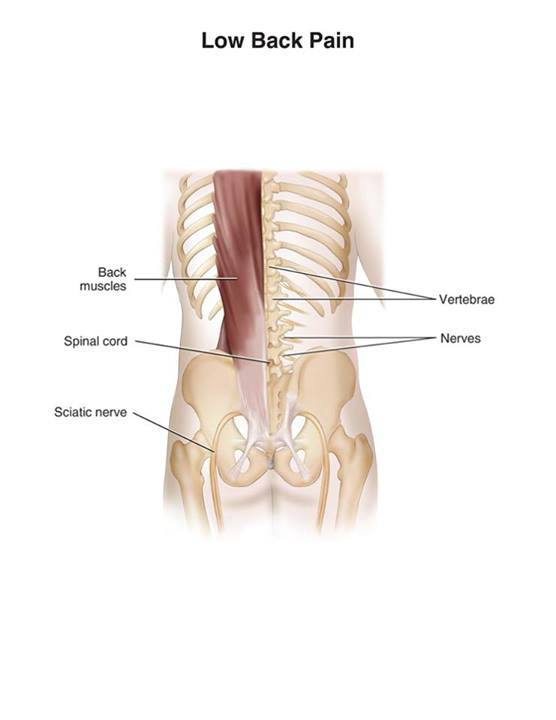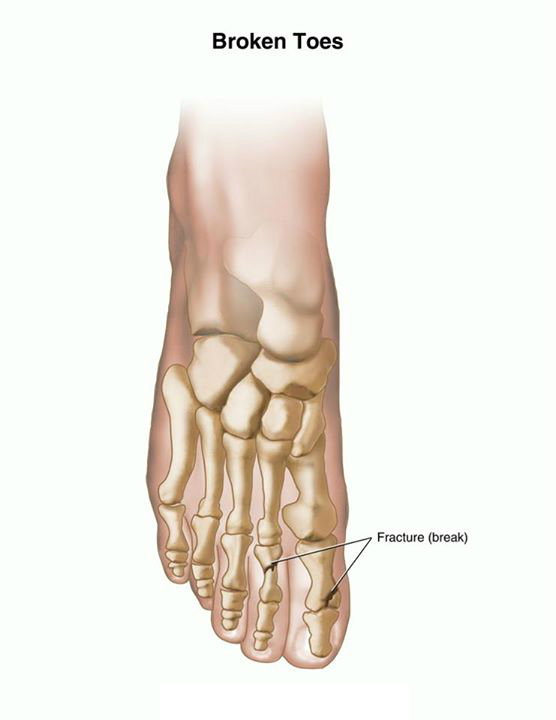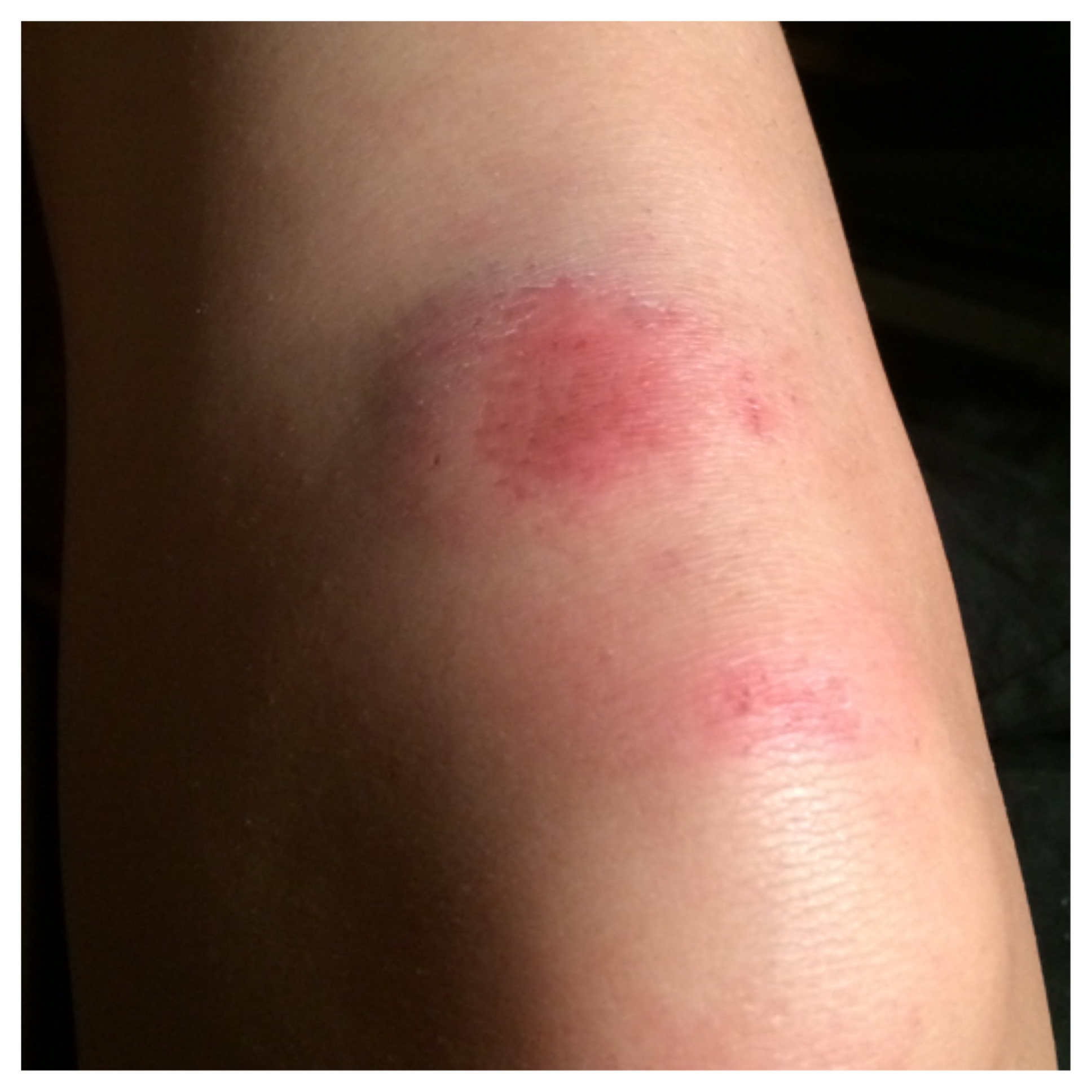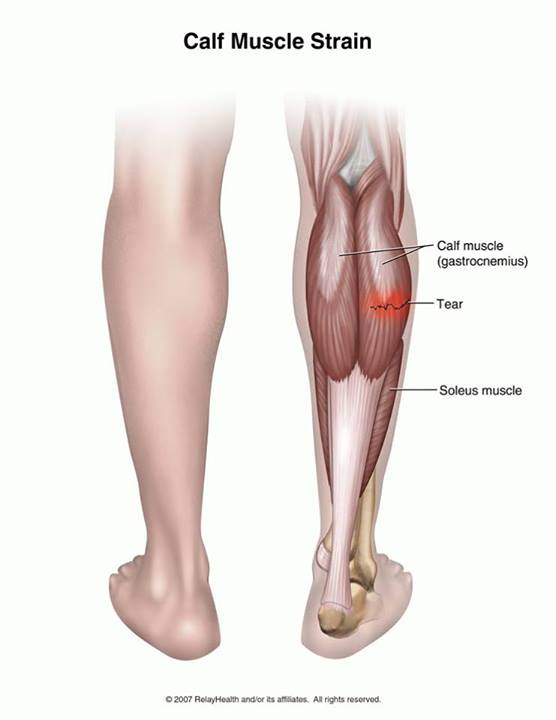Low back pain

Low Back Pain during Pregnancy
What is low back pain?
Low back pain is pain and stiffness in the lower back. It is very common during pregnancy. It can interfere with your normal daily activities.
How does it occur?
Low back pain is usually caused when the ligaments or muscles supporting the vertebrae (spine) are strained. When these muscles or ligaments become weak, the spine losses its stability and back pain develops. These muscles and ligaments may become weak and loose because of the hormone relaxin. Relaxin is a hormone made by the pregnancy to help the body prepare for the pregnancy and the delivery of the baby.
Low back pain can have many causes. For example, it may occur from lifting and carrying heavy objects, from sitting or standing in one position, or from bending over the wrong way. During pregnancy back pain often occurs because of:
A change in the body’s center of gravity as the baby and your abdomen get bigger
poor posture.
A loosening of the muscles and ligaments during pregnancy before you are ready to deliver the baby
the pressure that the growing baby puts on blood vessels and nerves in the pelvis and back
Often, back pain during pregnancy is the result of poor posture. When you are pregnant, you may tend to throw your stomach forward, which can cause back muscle aches.
symptoms of low back pain ?
Symptoms include:
Pain
Stiffness
Weakness
Limited motion of the back or legs
The pain may be continuous or it may occur just in certain positions. You may have it only in one spot or it may spread to other areas, such as down the buttocks and thigh.
Diagnosis of low back pain?
Your healthcare provider will review your medical history and examine you. He or she may order X-rays. In some cases an MRI (magnetic resonance imaging) may be done to get a better look at your back. Your provider may suggest these or other tests to evaluate your back more completely after you have had your baby.
X-rays and CT scans should not be done in the first trimester of pregnancy unless absolutely necessary. X-rays and CT scans use radiation which can affect the baby (embryo). An MRI is safe to do during pregnancy because it does not give off radiation.
Treatement of low back pain?
These are ways you might treat low back pain:
Put a heating pad or hot water bottle on your back.
Rest in bed on a firm mattress.
Take pain medicines or muscle relaxants that are safe during pregnancy and recommended by your healthcare provider.
Have your back massaged by a trained person.
Wear a belt or corset to support your back.
Talk to a counselor if your back pain is related to tension caused by emotional problems.
Follow a program of physical therapy or exercise recommended by your healthcare provider. Your provider will recommend a program that is safe and easy for you to do while you are pregnant.
Some alternative treatments include acupuncture and hypnosis.
Back pain that gets worse despite treatment indicates a more severe problem and should be evaluated.
How can I take care of myself?
In addition to the treatment described above, keep in mind these suggestions:
Put a pillow under your knees and abdomen when you are lying on your left side.
Sleep without a pillow under your head.
Sleep on a firm mattress or put a plywood board between your mattress and box spring.
Gain only as much weight during your pregnancy as recommended by your healthcare provider.
Wear low-heeled shoes while you are pregnant.
Do not stand for long periods of time. If you must stand for long periods of time put one foot up on a box or stool. Change to the other foot resting on the stool frequently.
When you lift something, bend from your knees, not your waist.
Exercise during pregnancy to strengthen your muscles and joints.
How can help prevent low back pain?
You can reduce the strain on your back by doing the following:
Practice good posture. Stand with your head up, shoulders back and straight, chest forward, pelvis tucked in, and stomach pulled in.
Don’t push with your arms when you move heavy objects. Push backwards so the strain is taken by your legs.
Whenever you sit, sit in a straight-backed chair and hold your spine against the back of the chair.
Bend your knees and hips and keep your back straight when you lift a heavy object. Avoid lifting heavy objects higher than your waist.
Hold packages you carry close to your body, with your arms bent.
Bend your knees and squat when you bend over.
Sit at least 10 inches away from the steering wheel when you drive and use your seat belt and a hard backrest or pillow.
Lie on your left side with your knees bent when you sleep or rest.
Rehabilitation of low back pain
Low Back Pain Exercises
Exercises that stretch and strengthen the muscles of your abdomen and spine can help prevent back problems. Strong back and abdominal muscles help you keep good posture, with your spine in its correct position.
If your muscles are tight, take a warm shower or bath before doing the exercises. Exercise on a rug or mat. Wear loose clothing. Don’t wear shoes. Stop doing any exercise that causes pain until you have talked with your healthcare provider.
These exercises are intended only as suggestions. Check with your provider before starting the exercises. Ask your provider or physical therapist to help you develop an exercise program. Ask your provider how many times a week you need to do the exercises.
Caution: If you have a herniated disk or other disk problem, check with your healthcare provider before doing these exercises.
Exercises

Standing hamstring stretch:
Put the heel of one leg on a stool about 15 inches high. Keep your leg straight. Lean forward, bending at the hips until you feel a mild stretch in the back of your thigh. Make sure you do not roll your shoulders or bend at the waist when doing this. You want to stretch your leg, not your lower back. Hold the stretch for 15 to 30 seconds. Repeat with each leg 3 times.
Cat and camel:
Get down on your hands and knees. Let your stomach sag, allowing your back to curve downward. Hold this position for 5 seconds. Then arch your back and hold for 5 seconds. Do 2 sets of 15.
Quadruped arm and leg raise:
Get down on your hands and knees. Pull in your belly button and tighten your abdominal muscles to stiffen your spine. While keeping your abdominals tight, raise one arm and the opposite leg away from you. Hold this position for 5 seconds. Lower your arm and leg slowly and change sides. Do this 10 times on each side.
Pelvic tilt:
Lie on your back with your knees bent and your feet flat on the floor. Pull your belly button in towards your spine and push your lower back into the floor, flattening your back. Hold this position for 15 seconds, then relax. Repeat 5 to 10 times.
Partial curl:
Lie on your back with your knees bent and your feet flat on the floor. Draw in your abdomen and tighten your stomach muscles. With your hands stretched out in front of you, curl your upper body forward until your shoulders clear the floor. Hold this position for 3 seconds. Don’t hold your breath. It helps to breathe out as you lift your shoulders. Relax back to the floor. Repeat 10 times. Build to 2 sets of 15. To challenge yourself, clasp your hands behind your head and keep your elbows out to your sides.
Gluteal stretch:
Lie on your back with both knees bent. Rest the ankle of one leg over the knee of your other leg. Grasp the thigh of the bottom leg and pull toward your chest. You will feel a stretch along the buttocks and possibly along the outside of your hip. Hold the stretch for 15 to 30 seconds. Repeat 3 times with each leg.
Extension exercise:
Lie face down on the floor for 5 minutes. If this hurts too much, lie face down with a pillow under your stomach. This should relieve your leg or back pain. When you can lie on your stomach for 5 minutes without a pillow, you can continue with Part B of this exercise.
After lying on your stomach for 5 minutes, prop yourself up on your elbows for another 5 minutes. If you can do this without having more leg or buttock pain, you can start doing part C of this exercise.
Lie on your stomach with your hands under your shoulders. Then press down on your hands and extend your elbows while keeping your hips flat on the floor. Hold for 1 second and lower yourself to the floor. Do 3 to 5 sets of 10 repetitions. Rest for 1 minute between sets. You should have no pain in your legs when you do this, but it is normal to feel some pain in your lower back.
Do this exercise several times a day.
Side plank:
Lie on your side with your legs, hips, and shoulders in a straight line. Prop yourself up onto your forearm so your elbow is directly under your shoulder. Lift your hips off the floor and balance on your forearm and the outside of your foot. Try to hold this position for 15 seconds, then slowly lower your hip to the ground. Switch sides and repeat. Work up to holding for 1 minute or longer. This exercise can be made easier by starting with your knees and hips flexed toward your chest.
Exercises to avoid
It’s best to avoid the following exercises because they strain the lower back:
legs raised straight and together
full sit-ups or sit-ups with straight legs
hip twists.
Sports and other activities
In addition to strengthening your back muscles, it would be helpful to keep your entire body in shape. Physical activities such as walking or swimming are considered to be back-friendly exercises.
It’s always best to check with your healthcare provider before you start an exercise program. Remember to start slowly.
Good activities for people with back problems include:
Walking
Bicycling
Swimming
Cross-country skiing
Some sports can hurt your back because of rough contact, twisting, sudden impact, or direct stress on your back. Sports that may be dangerous to your back include:
Football
Soccer
Volleyball
Handball
Golf
Weight lifting
Trampoline
Tobogganing
Sledding
Snowmobiling
Snowboarding
Ice hockey











